Cocaine is a stimulant-type drug, similar to speed. Cocaine is also known as coke, charlie, draw, flake or snow. Cocaine is a white powder derived from the leaf of the coca plant that grows up in the mountains of South America.
Crack named for its ‘crackle’ sound when heated is a form of cocaine. Crack has been treated with chemicals to allow it to be more easily smoked. Crack is also known as pebbles, rock, stone and wash.
Until recently the expense and rarity of cocaine meant it was regarded as a drug that was only available for the rich. However, cheaper prices and a wider availability means that cocaine has now become more common.
Until 1903, Coca-Cola contained small amounts of cocaine. Today, Coca-Cola still contains an extract of coca-leaves, though nowadays the leaves are used only for flavouring since the drug has been removed. Cocaine has also been widely used as a local anaesthetic, and is still sometimes used in surgery.
What does cocaine and crack look like?
Cocaine comes as a white powder. Cocaine is expensive so may be mixed with anything else that is white and powdery, so that the drug dealers can make a bigger profit.
Crack (or rock cocaine) comes in the form of small white crystals or rocks about the size of raisins.
How is cocaine and crack taken?
Cocaine may be snorted, injected or smoked.
Crack is usually smoked in a pipe. Home made pipes are likely to be found at street level made from soft drink cans or aluminium foil.
What are the immediate effects of taking cocaine and crack?
Cocaine will give you a confidence buzz for about 30 minutes, leaving you craving more. Cocaine and crack both produce feelings of well-being, alertness, reduced appetite and physical strength.
If cocaine is injected the effects come on within minutes, starting with a very intense rush. If smoked as crack the buzz comes on in seconds and is very intense but only last a few minutes, which makes it more addictive.
The immediate after effects of cocaine and crack can be very unpleasant and include depression, anxiety and paranoia. If you inject cocaine, the dose reaches the brain almost immediately, increasing the possibility of overdose. If you inject cocaine with a needle that has already been used, you run the risk of catching diseases such as H.I.V..
What are the long-term effects of taking cocaine and crack?
Cocaine and crack are addictive and once you start it can be very hard to stop. You won’t get withdrawal symptoms when you stop but, it will produce a strong psychological dependence, which means it’s on your mind all the time.
It is possible to overdose on cocaine and constant regular use can lead to a seizure, stroke or a heart attack. Snorting cocaine may permanently damage the membranes lining the nose and the structure separating the nostrils. Smoking crack may damage your lungs, give you breathing problems or cause your heart to fail.
High spending on cocaine is often associated with debt and violence.
What class drug is cocaine and crack?
Cocaine is a class A drug and if you are caught in possession with the intent to supply, you could face a maximum penalty of life imprisonment.
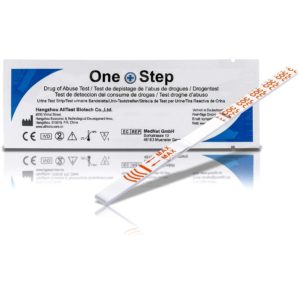
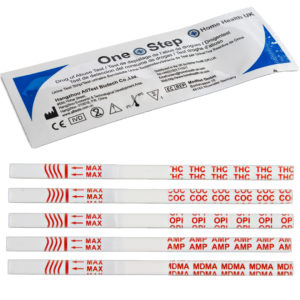
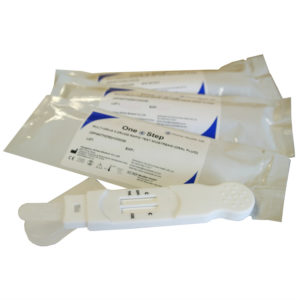

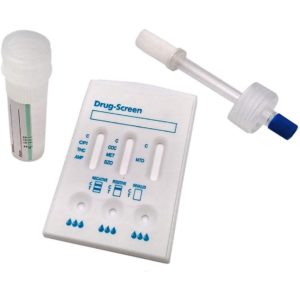
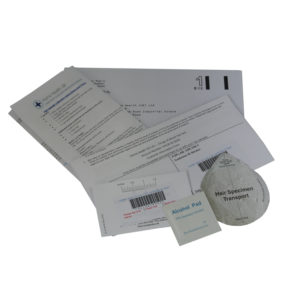

Please note that you can NOT buy the following combinations of medicines.
If purchasing separately the maximum number of tablets is 96 of each type. If purchasing as a combination then the maximum allowed is 96 tablets in total.
The maximum number of tablets is 96 of each type of the following medicine combinations;
The maximum number of Co-codamol you’re allowed to purchase is 32 tablets.
If you have any additional questions please Contact Us
The New Model from SD Biosensor (the manufacturers of the No.1 selling SD Codefree Blood Glucose Meter) has all the benefits of the Codefree plus it boasts a greater accuracy due to a wider haematocrit (HCT) range of 0-70% and GDH-FAD enzyme technology.
All of this with prices starting from just £11.99!
Click here to find out more information.
